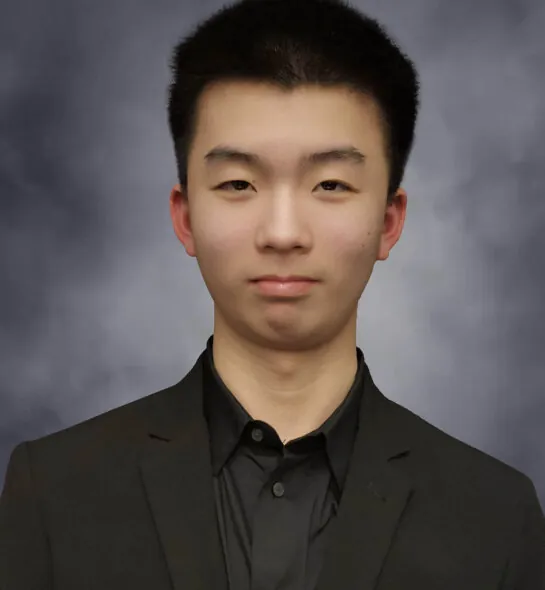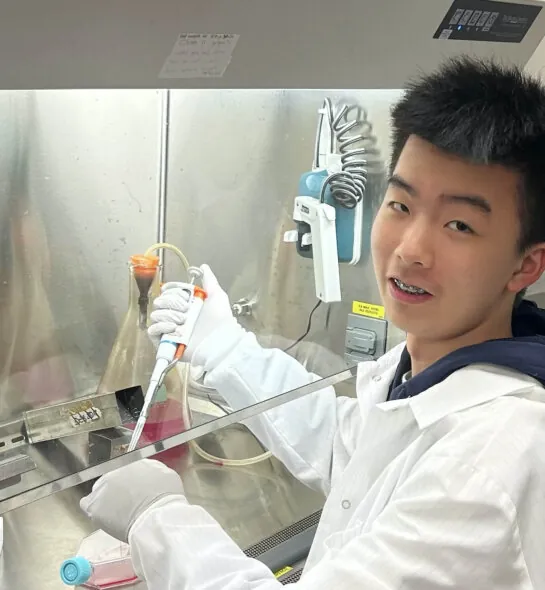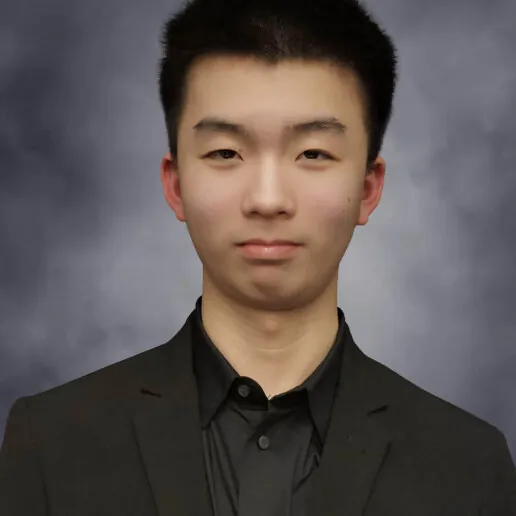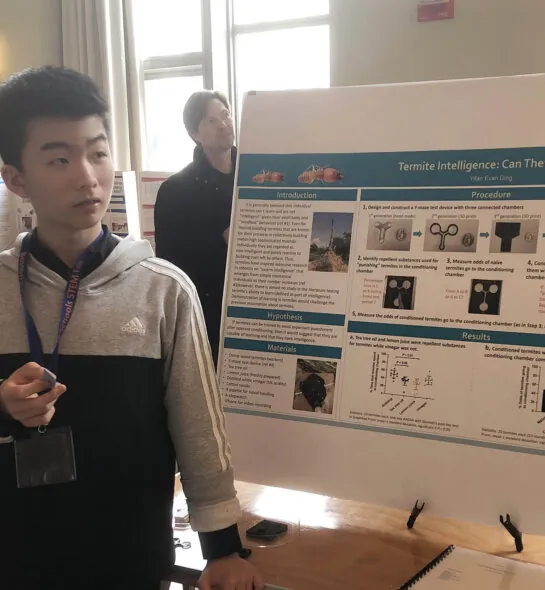Deeper Dive
Genetic mutations are a fundamental cause of numerous diseases. According to the National Institutes of Health, they directly contribute to over 7,000 known rare genetic diseases, affecting 25 to 30 million patients in the United States and more than 400 million people worldwide. Furthermore, genetic mutations are associated with many common diseases, including cancer, diabetes, heart disease, and dementia. Gene therapy holds great promise for treating or even curing genetic diseases. However, a key challenge in gene therapy is precisely controlling the expression of therapeutic genes in the right place, at the right time, and with the correct dosage. "Gene switches" that allow gene therapy drugs to be turned on or off are in high demand, given the potential long-term and irreversible impact of gene therapy on patients.
Decades of research have yet to produce clinically applicable gene switches, mainly due to two major limitations in previously engineered switches: their large DNA sizes, which make vector incorporation challenging, and their reliance on foreign proteins, which pose risks of immune rejection. My project introduces a new "mini" gene switch, named "TREAD", which is orders of magnitude smaller than its predecessors and entirely free of foreign proteins. I have demonstrated that TREAD can regulate not only small-sized genes but also larger genes, such as the CRISPR-Cas9 nuclease, within a single, small-capacity viral vector. This capability could make CRISPR-Cas9 gene editing "on-command", providing an important safety switch for these "magic genetic scissors".
The origin of my project dates back to my 9th-grade biology class. While studying the Central Dogma of molecular biology, I became fascinated with the concept of "termination readthrough" in protein translation. This intrigue eventually led me to initiate and complete this project, dedicating hundreds of hours outside of school.
I see my work as a way to improve the quality of life for others by offering a potential solution to a critical issue in gene therapy development. However, I recognize that scientific endeavors require independent validation, and my research must undergo review by fellow researchers to confirm its validity. Furthermore, developing gene therapy is a highly complex, multidisciplinary process. I hope my contribution, though small, can make meaningful progress in the relevant fields.



